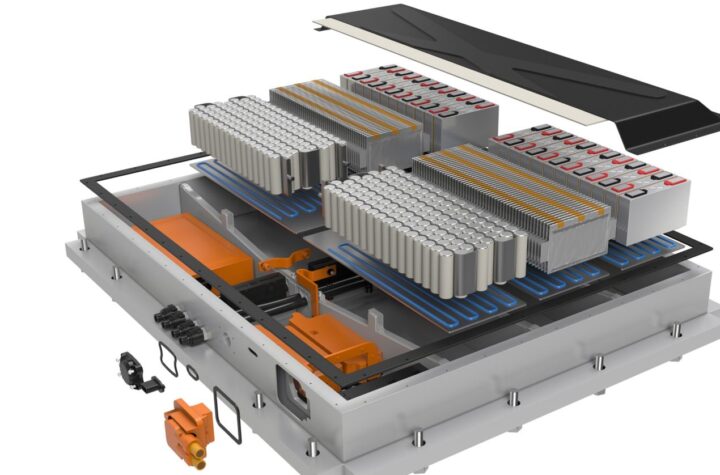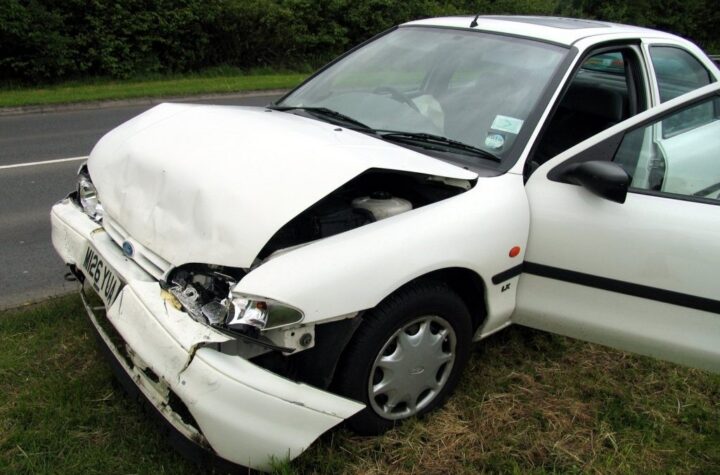
A landmark study, Automotive Competitive Challenges — Going Beyond Lean, released today by veteran consultants Jim Harbour and Laurie Harbour-Felax, president, Harbour-Felax Group found that numerous structural, cultural and philosophical barriers contribute to an average of $2,400 per vehicle profit disadvantage among the three domestic automakers, Ford Motor Corp., the Chrysler Group and General Motors Corp. compared to the three Japanese automakers, Honda Motor, Nissan Motor and Toyota Motor in North America in 2005.
“Today’s decisions impact the future of the automotive industry,” said Harbour, whose 1981 study of manufacturing methods in the Japanese auto industry launched the lean production revolution in Detroit. “Lean methods have driven the Detroit automakers for the past 25 years. They’ve made impressive progress in quality and productivity and now they must adopt a new guiding principle: Common.”
Although more than 20 specific areas were investigated where General Motors, Ford and Chrysler fall behind in competitive performance, three key areas were identified as having the most impact on profit per vehicle: revenue and pricing; design, product and manufacturing engineering; and, labor issues.
Revenue and Pricing
One of the major contributors to the difference in each automotive manufacturer’s profit is revenue per vehicle. The average domestic automaker’s revenue per vehicle is $21,597 or 11 percent below the average Japanese automaker number, $24,289. The primary reasons for the disparity in revenue per vehicle are the steep discounts domestics offer in incentives and employee pricing and significant discounts for fleet and rental car sales, which average 25 percent of total domestic sales.
Design, Product and Manufacturing Engineering
Through commonization of platforms, body architectures and commodity and non-commodity components, domestic manufacturers can achieve significant cost reductions that equal several billion dollars. Evidence of this can be seen from Toyota, who has saved approximately $1,000 per vehicle over the last five years commonizing commodity components. In the coming years, Toyota plans to save more than 30 percent on the commonization of non-commodity components.
Additionally, the study points out that commonization will positively impact several pivotal areas in vehicle development — investment, quality and warranty costs. Investment costs for new programs will decrease, which is critical as the industry moves to more models from fewer platforms. Quality will improve as fewer unique parts are needed for each vehicle, and as quality improves, warranty costs will decrease. For example, the study shows Toyota’s warranty costs at $348 per vehicle versus GM at $512, Ford at $585 and the Chrysler Group at $595.
In addition to the OEMs, suppliers stand to benefit from this change in engineering and manufacturing and can achieve significant savings by commonization of parts and processes. Suppliers that adapt commonality planning have a stronger chance of sustaining and growing in the future. Also, it allows them to better align themselves with the OEMs that have begun integrating commonality.
“GM, Ford and Chrysler won’t succeed in this revolution unless their suppliers join them,” said Harbour-Felax. “But many suppliers today are unaware of the need to change their business models. Those who fail to take this next big step face bankruptcy, but successful companies should be able to achieve levels of sustained profitability that haven’t been possible in the current environment.”
Labor Issues
The study found that labor issues, including the Jobs Bank, Supplement Unemployment Benefits, restrictive work rules, assembly line relief time, uncontrolled absenteeism and the level of vacations and paid days off account for hundreds of dollars per vehicle in competitive disadvantage for the domestic manufacturers.
For example, the domestics require more people to build the same number of vehicles as the Japanese automakers due to the differences in absenteeism, vacations/holidays, work rules and relief time. The penalty for vacations and holidays to the domestics are as much as $138 per vehicle with uncontrolled absenteeism accounting for up to $70 per vehicle. The domestic automakers have three times as many worker classifications in their operations than comparable operations for the Japanese manufacturers. Additionally, the domestics have approximately $203 per vehicle in assembly line relief cost with an average of 46 minutes, while the Japanese average 30 minutes or approximately $133 per vehicle.
Health care also plays a significant role in the labor-cost gap. Detroit automakers pay a heavy penalty for health care benefits for both active and retired workers. The study sites Toyota’s competitive advantage in this area ranges between $900 and $1,400 per vehicle.
“It’s time for the Detroit Three and the UAW to get together and resolve these problems,” Harbour said. “In addition, the government must step up and find a way to eliminate the huge cost penalty for health care for active workers and retirees.”
The study shows in 2005 Toyota had a $2,985 profit per vehicle advantage over GM and $2,165 over Ford with $1,570 over Chrysler. However, each domestic automaker has implemented strategies to close that gap. In 2006, the evidence shows these strategies are generating results for GM. In the first two quarters of 2006, GM’s North American profit per vehicle gap has improved by $846 per vehicle or 72 percent over the first half of 2005. Much of this increase is due to the improvement in revenue per vehicle which went from $19,977 for the calendar year 2005 to $23,604 for the first half of 2006. In comparison, Ford had a $599 shift in performance in the first half of 2006, losing $738 per vehicle in North America while revenue per vehicle was relatively constant.
“GM, Ford and Chrysler have already begun aggressively implementing global manufacturing flexibility and common engineering, said Harbour-Felax. “Results are already demonstrating that the changes being implemented are generating significant savings. The goal now is to speed up execution of these programs.”
“The goal of the study is to stimulate public discussion of competitive issues in the automotive industry and encourage everyone with a stake in Detroit’s future to work for solutions,” said Harbour. “These companies have overcome adversity many times in the past. We hope that shining a spotlight on competitive issues will help them do it again.”
In addition to revenue and pricing; design, product and manufacturing engineering; and, labor issues, Automotive Competitive Challenges: Going Beyond Lean also investigates the impact of capacity utilization and flexibility; interest expenses; and, the Yen exchange rates have on North American automotive manufacturers.
The Harbour-Felax Group partners with companies and their suppliers to transform their operations and develop a roadmap for maintaining sustainability in today’s automotive and manufacturing communities. A team of highly skilled and experienced consultants, the Harbour-Felax Group and their partners have real-world experience in all aspects of manufacturing. The Harbour-Felax Group analyzes a company’s operations compared to its competitors, identifies existing gaps, develops a road map to correct those gaps and implements a sustainable transformation process to achieve success. On the Web, http://www.harbourfelax.com/












More Stories
How to Create the Ultimate Off-Road Vehicle Garage: A Practical Guide
Bangkok International Motor Show 2025 – The Talk of Sensuous Automotive
How Diesel Pickups Are Outperforming Gas Trucks on Tough Jobs